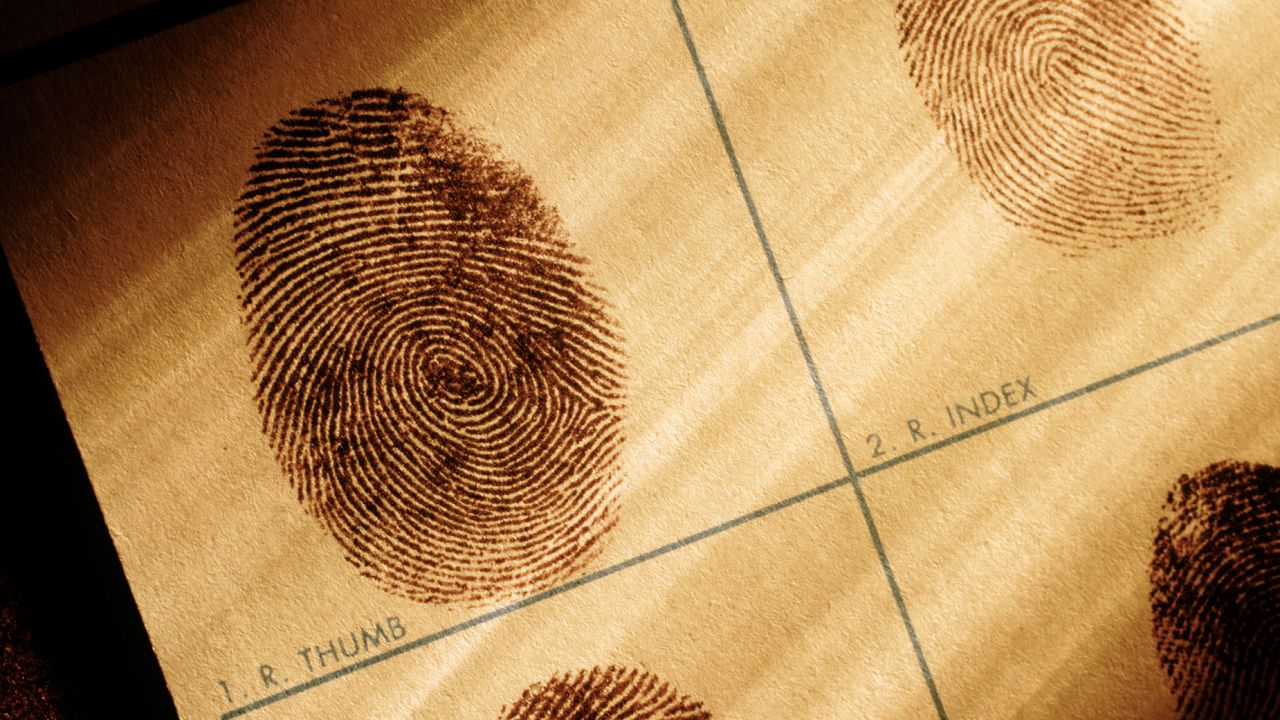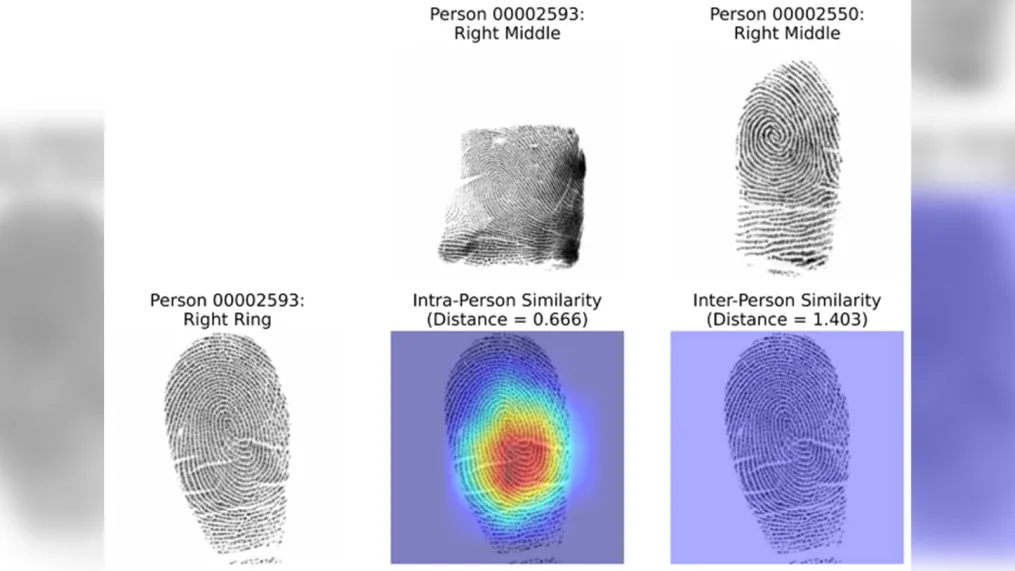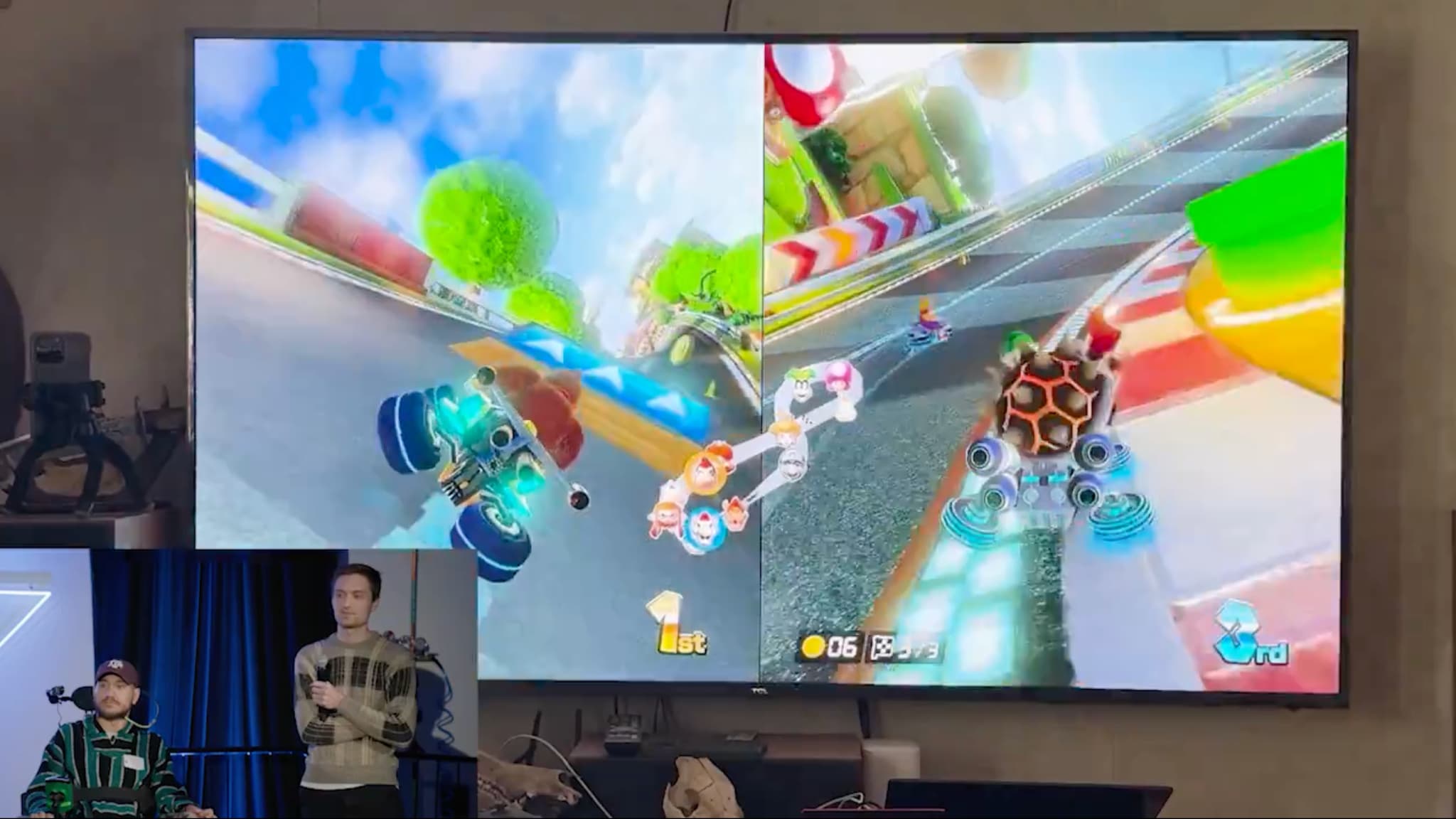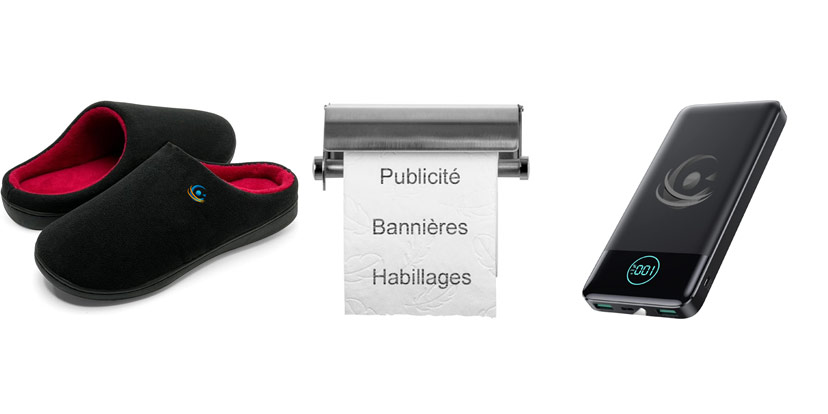Are fingerprints unique? Not really, according to a study based on artificial intelligence

(CNN) — “Do you think every fingerprint is really unique?”
That’s the question a professor asked Gabe Guo during a casual chat while he was stuck at home during the Covid-19 lockdown, waiting to start his freshman year at Columbia University. “Little did I know that conversation would shape the course of my life for the next three years,” says Guo.
Guo, now a senior in Columbia’s computer science department, led a team that conducted a study on the topic, with University at Buffalo professor Wenyao Zhu as one of his co-authors. The study, published this week in the journal Science Advances, calls into question a long-accepted truth about fingerprints: According to Guo and his colleagues, not all of them are unique.
In fact, several journals rejected the paper before the team appealed and got Science Advances to accept it. “At first there was a lot of resistance from the forensic community,” recalls Guo, who had no experience in the field before the study.
“In the first version or two of our article, they said it’s known that no two fingerprints are the same. I believe that helped improve our study a lot, as we continued to enter more data (and increase the precision) there. Until, in the end, the evidence was incontrovertible,” he explains.
A new look at markings
To arrive at their surprising results, the team used an artificial intelligence model called a deep contrastive network, which is commonly used for tasks such as face recognition. The researchers put their own spin on it, feeding it a US government database of 60,000 paired fingerprints that were sometimes from the same person (but from different fingers) and sometimes from different people.
While working, the AI-based system discovered that fingerprints from different fingers of the same person had strong similarities and was therefore able to tell with precision for a single pair when the prints belonged to the same person and when they did not. At 77%, that seems to disprove that each fingerprint is “unique”.
“We’ve got a solid explanation for why this is: the corners and curvature at the center of the fingerprint,” Guo said.
Over hundreds of years of forensic analysis, he added, people have seen various features known as branches and endpoints on fingerprint ridges used as traditional markers for fingerprint identification. “They are great for matching fingerprints, but they are not reliable for finding correlations between fingerprints of the same person,” Guo explains. “And we had that idea.”
The authors state that they are aware of potential biases in the data. Although they believe the AI system works very similarly across races and genders, more careful validation through larger fingerprint databases and extensive analysis is needed before the system can be used in real forensics, according to the study.
However, Guo is confident that the discovery could improve criminal investigations:
“The most immediate application is that it can help generate new leads for unsolved cases, where fingerprints left at a crime scene belong to fingers other than those on file,” he said. “But on the other hand, this will not only help catch more criminals. It will also help innocent people who won’t have to continue with unnecessary investigations. And I think that’s a win for society.”
An exaggeration?
Applying deep learning techniques to fingerprint images is an interesting topic, according to Christophe Champaud, professor of forensic science at the School of Criminal Justice at the University of Lausanne in Switzerland. However, Champode, who was not involved in the study, said he did not think the work revealed anything new.
“Their argument that these shapes are somehow related between fingers has been known since the beginning of fingerprinting, when it was done manually, and has been documented for years,” he said. “I think they overstated their article, in my opinion, for lack of knowledge. I’m glad they rediscovered something known, but in essence, it’s an exaggeration.”
In response, Guo said that no one had quantified or systematically used the degree of similarity between fingerprints of different fingers of the same person to the extent that the new study did.
“We are the first to clearly point out that the similarity is due to the orientation of the ridge in the center of the fingerprint,” Guo said. “Furthermore, we are the first to try to match fingerprints from different fingers of the same person, at least with an automated system.”

According to the authors, the system used in the study to identify similarities between fingerprints could be useful in crime scene analysis. Credit: Gabe Guo/Columbia Engineering
Simon Cole, a professor in the Department of Criminology, Law and Society at the University of California, Irvine, agreed that the work was interesting, but said its practical utility was overstated. Cole was also not involved in the study.
“We weren’t ‘wrong’ about the fingerprints,” he said, referring to the forensic experts. “The unproven but intuitively true claim that no two fingerprints are ‘exactly the same’ is not refuted by the finding that the fingerprints are identical. It has always been known that fingerprints from different people are similar as well as fingerprints from the same person.”
According to the article, the system can be useful at crime scenes where fingerprints are found from fingers other than those on police records, but Cole says this can only happen in exceptional cases, since all 10 fingers and often a hand are used when a fingerprint is taken. Palms are routinely recorded. “It’s not clear to me when they think law enforcement will only have some people’s fingerprints on file, but not all,” he said.
The team that conducted the study is confident in the results and has open-sourced the AI code so others can test it, a decision both Champod and Cole praised. But Guo says the significance of the study goes beyond fingerprints.
“This is not just about forensics, but about artificial intelligence. We’ve been around since humans saw fingerprints, but nobody noticed the similarity until we analyzed it with our AI. This AI’s automatic identification and shows the power to extract related objects. features,” he says.
“I think this study is just the first domino in a huge sequence of these things. We’re going to see people use AI to find things that were literally hiding in plain sight, like our fingers, right in front of our eyes.”





